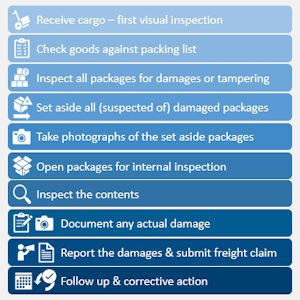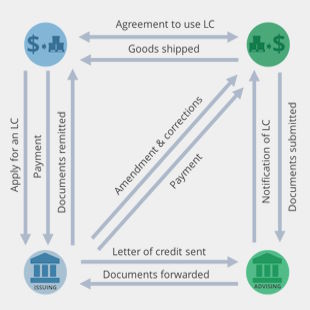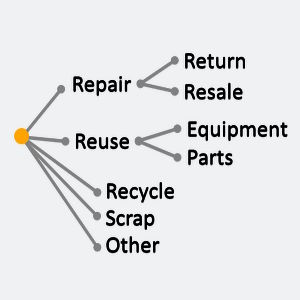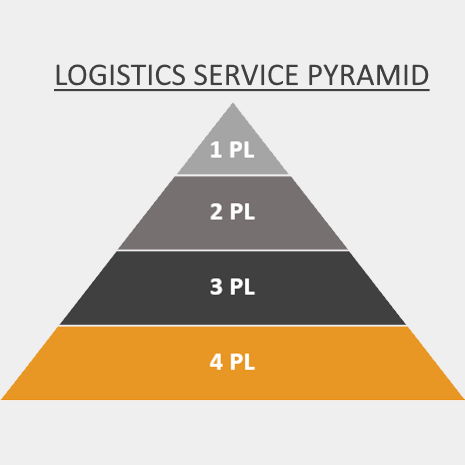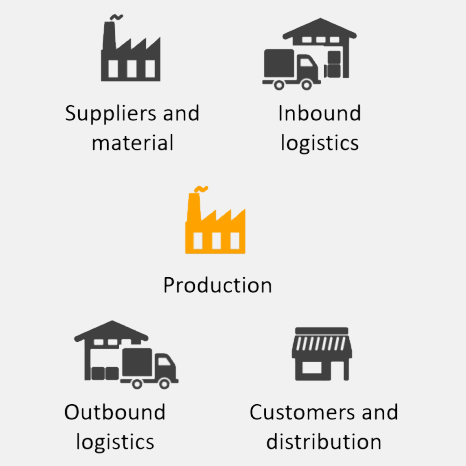Effective management of damaged cargo and freight claims
Handling damaged cargo efficiently is crucial for any logistics operation. Properly managing freight claims can save your business time and money, and maintain customer satisfaction. The graphic below illustrates the key steps in the process of handling damaged cargo and submitting freight claims. These steps provide a structured approach to inspecting, documenting, and reporting damage, …
Effective management of damaged cargo and freight claims Read More »

